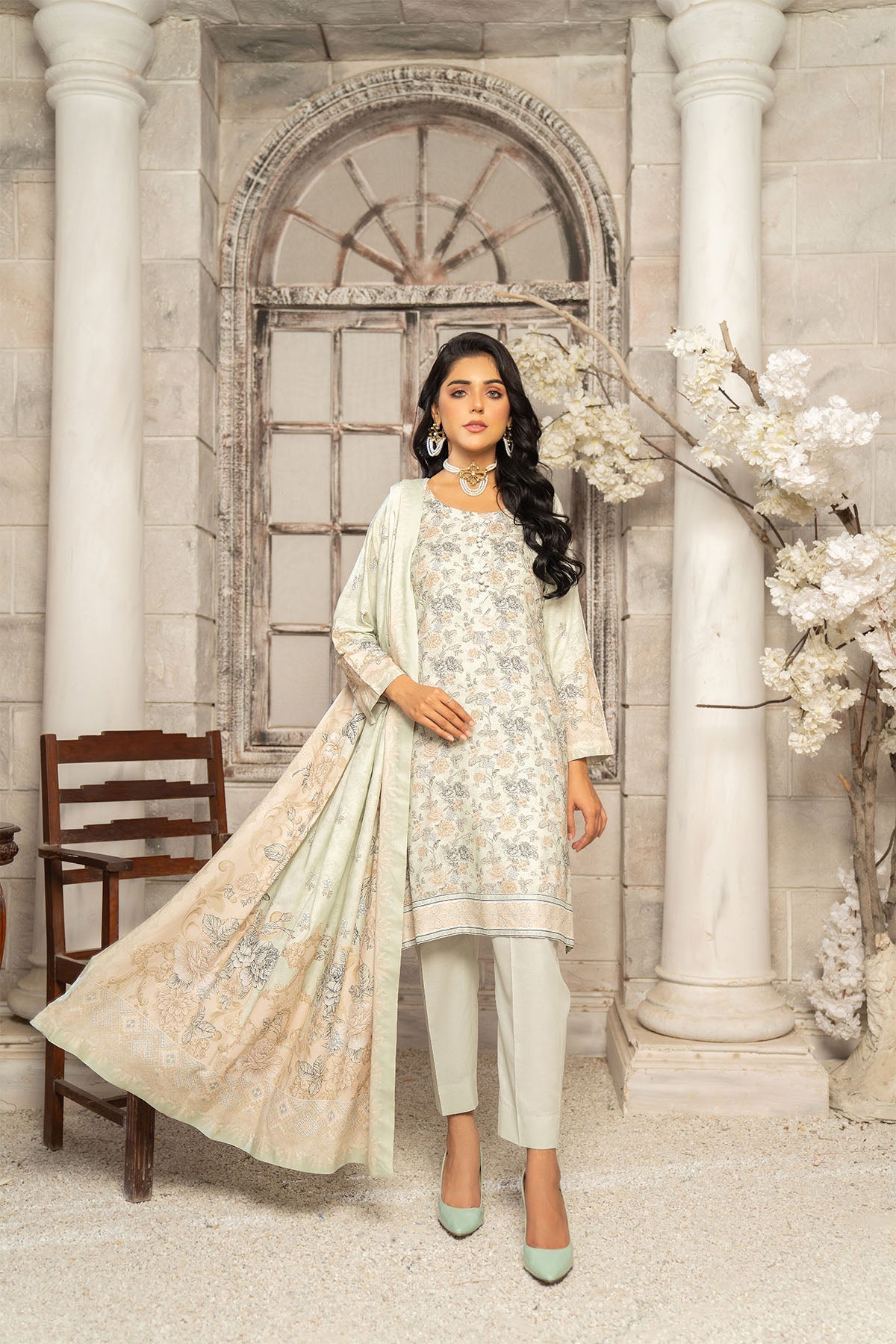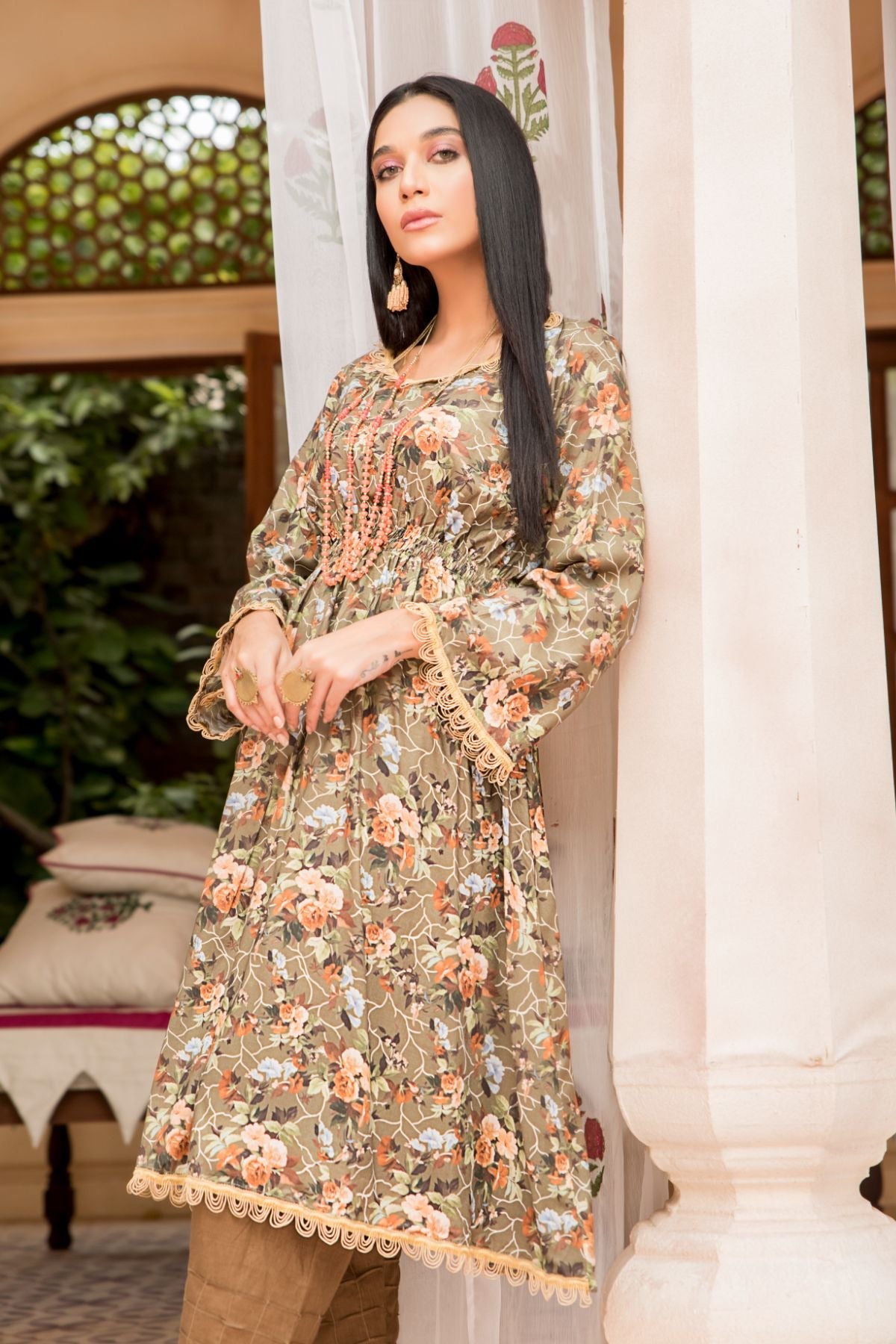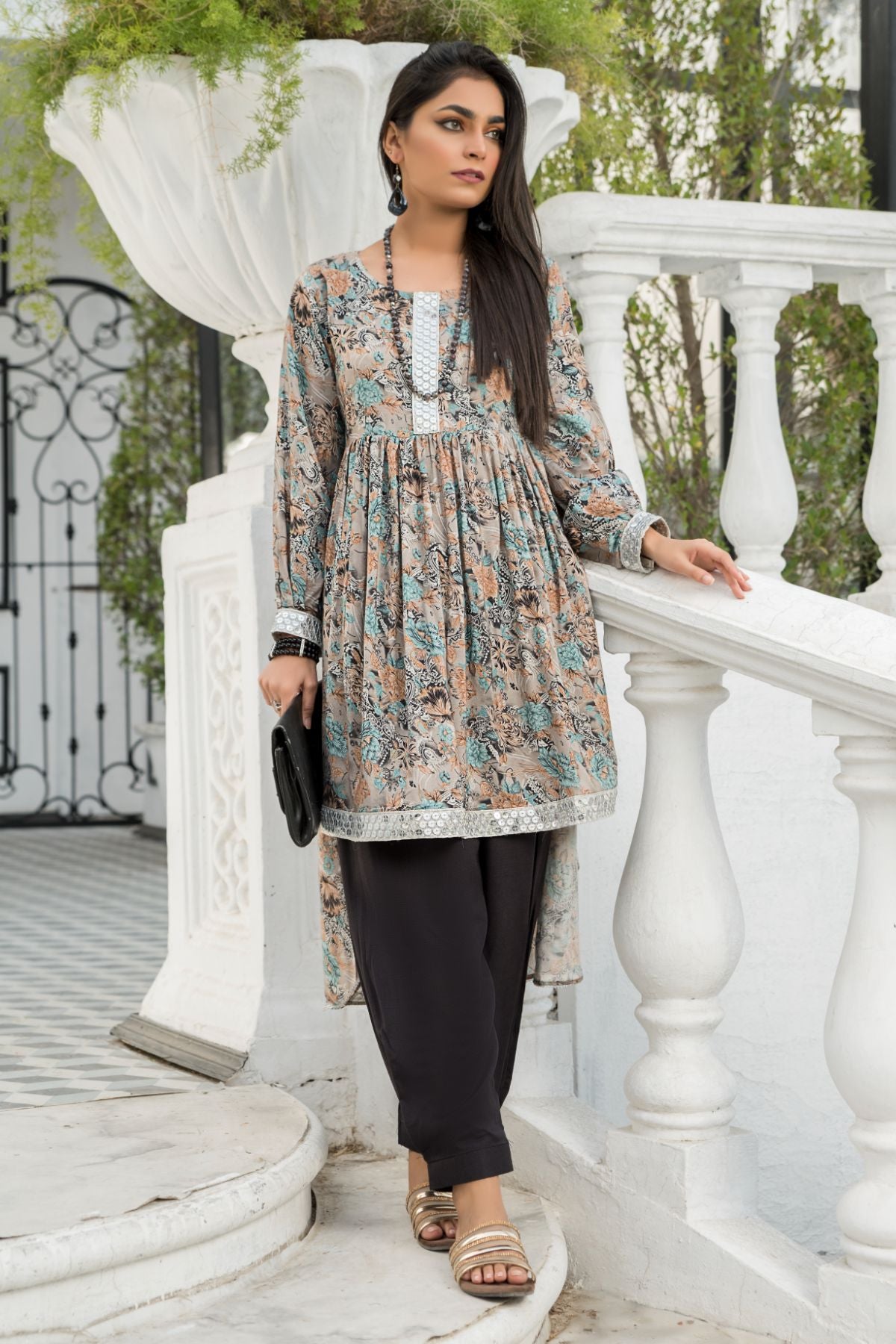
Introduction:
In the vibrant tapestry of Pakistani culture, traditional dresses for women stand out as a testament to the rich heritage and diversity that define the nation. Pakistani women's clothing is a symphony of colors, fabrics, and intricate craftsmanship, reflecting the amalgamation of various cultural influences. Let's embark on a journey through the kaleidoscope of Pakistani dresses, exploring the unique styles that adorn women with grace and elegance.
The Embroidery Extravaganza:
Pakistani dresses are renowned for their exquisite embroidery, a craft that has been passed down through generations. Intricate threadwork, mirror embellishments, and sequins are skillfully combined to create breathtaking designs. The artistry varies from region to region, with Sindhi, Balochi, and Kashmiri embroidery showcasing diverse patterns and motifs. Each stitch narrates a story, making Pakistani dresses not just attire but a canvas of cultural tales.

The Allure of the Shalwar Kameez:
At the heart of Pakistani women's clothing lies the iconic shalwar kameez – a timeless ensemble that has transcended generations. The shalwar, a loose-fitting trouser, paired with the kameez, a long tunic, exudes comfort and modesty. This versatile outfit has evolved over time, adapting to contemporary trends while preserving its traditional charm. From everyday wear to festive occasions, the shalwar kameez is a symbol of cultural pride and elegance.
The Timeless Charm:
While the kameez suit is traditionally associated with Indian attire, it has found a special place in the hearts of Pakistani women. Pakistani kameez suit boast their own unique touch, often featuring delicate embroidery and lightweight fabrics. Draped elegantly, the suit enhances the grace of a woman, offering a captivating blend of sophistication and tradition. It has become a popular choice for formal events and gatherings, showcasing the adaptability of Pakistani fashion.

Contemporary Fusion: Western Influences on Pakistani Fashion:
In the modern era, Pakistani fashion has embraced a fusion of traditional and Western elements, giving rise to contemporary dresses that cater to diverse tastes. Anarkali suits, palazzo pants paired with short kurtis, and gowns with Pakistani embellishments have become popular choices. This amalgamation of styles reflects the evolving nature of fashion, where tradition seamlessly intertwines with global trends, creating a dynamic and eclectic wardrobe for Pakistani women.
Dupatta: The Symbolic Drapery:
The dupatta, or scarf, is an integral part of Pakistani women's attire, adding a touch of grace and tradition to any ensemble. Whether draped over the shoulder, worn as a headscarf, or stylishly wrapped around the neck, the dupatta completes the look with finesse. Its versatility extends beyond aesthetics, as it also symbolizes cultural values, familial bonds, and regional identity, making it more than just an accessory.
Influence of Seasons: Fabric and Color Palette:
Pakistani dresses for women are deeply connected to the seasonal changes, reflected in the choice of fabrics and color palettes. Lightweight fabrics like lawn and cotton dominate summer wardrobes, offering comfort in the sweltering heat. In contrast, winter ensembles showcase the richness of fabrics like velvet, silk, and wool, accompanied by a warmer color spectrum. This harmonious blend of seasonal adaptations adds a pragmatic touch to the world of Pakistani fashion.

Conclusion:
Pakistani dresses for women weave a story of cultural richness, artistic finesse, and timeless elegance. From the intricate details of embroidery to the symbolic significance of the dupatta, each element contributes to a narrative that celebrates tradition while embracing contemporary influences. The world of Pakistani fashion is a vibrant tapestry where the threads of heritage, craftsmanship, and innovation come together, creating a wardrobe that is as diverse and dynamic as the women who wear it.

